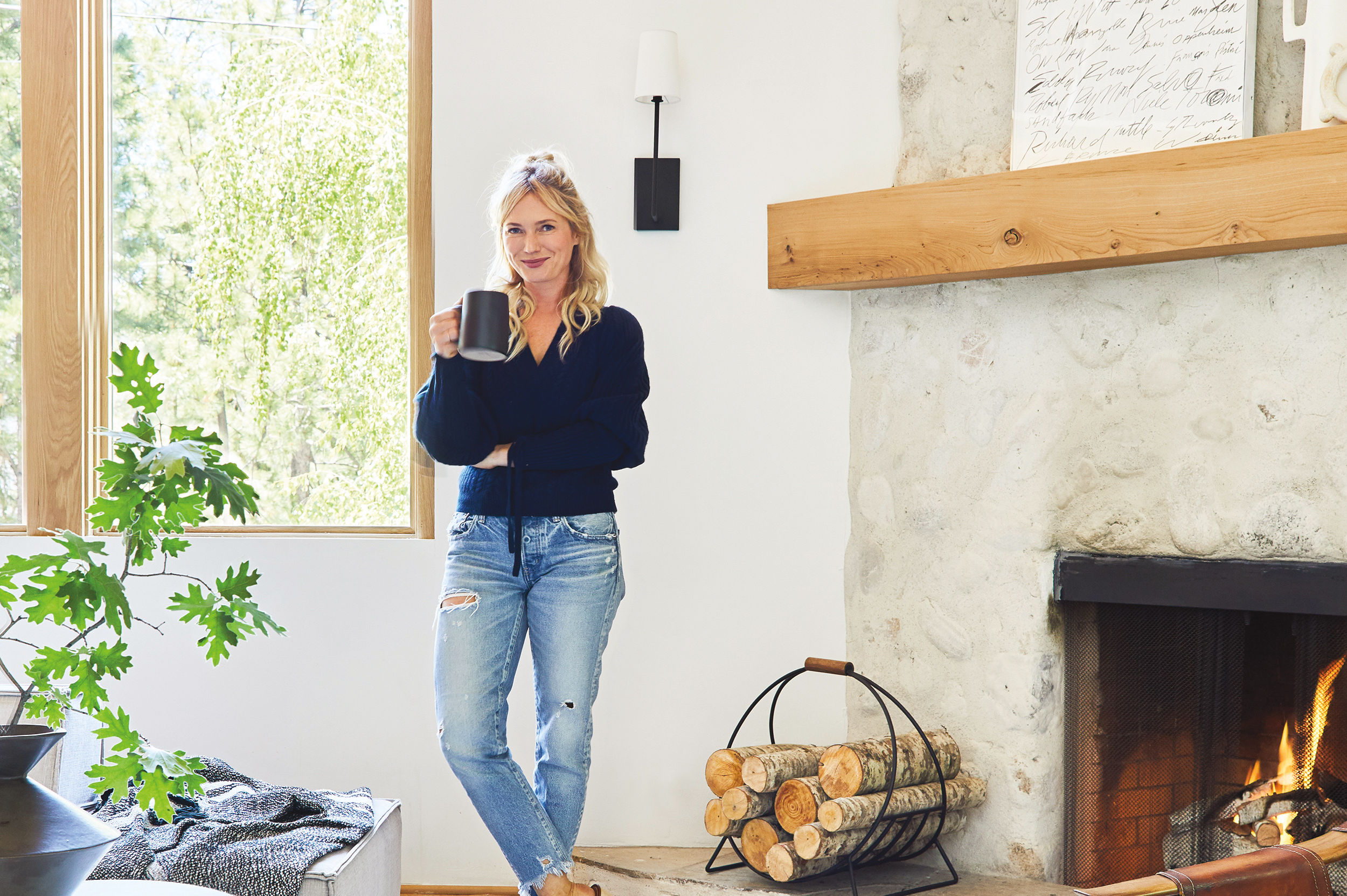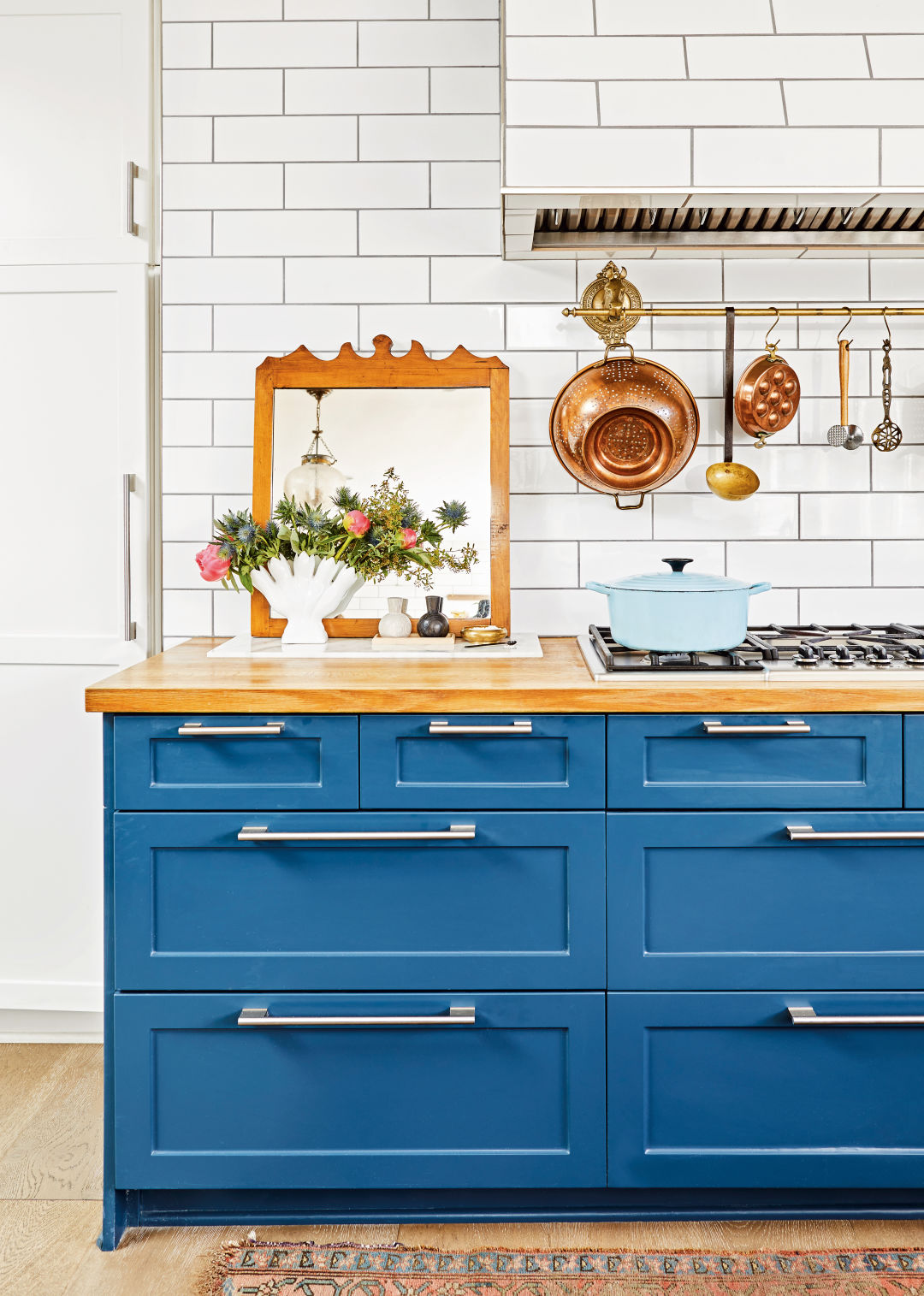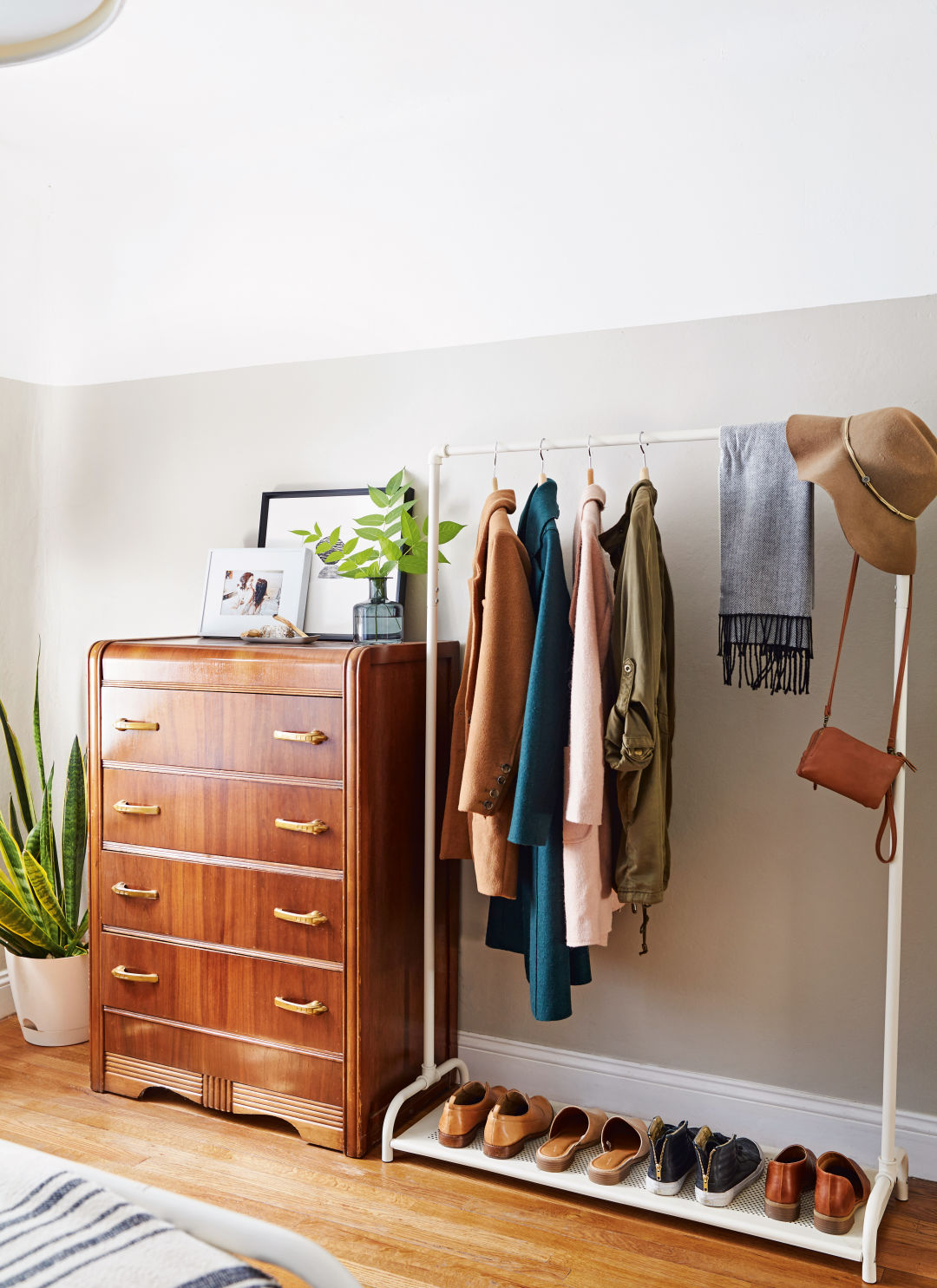
Q&A: Emily Henderson and The New Design Rules
C
onsidering some of the ways in which people choose to outfit their homes (PSA: the display at Home Goods is a suggestion, not a rubric), it’s about time someone laid out a few guidelines. Emily Henderson’s latest book, The New Design Rules, a relatable how-to that explains everything from where to find a good general contractor to the difference between a credenza and a hutch, does exactly that. Born and raised in Oregon—Coos Bay to be exact—Henderson worked as an editorial stylist in New York for five years before moving to Los Angeles in 2008, where she auditioned for HGTV’s Design Star (out of sheer boredom), and won.
Now, the self-titled “accidental CEO and intentional stylist” is something of a design influencer, posting daily to her (nearly 1 million) Instagram followers whilst documenting her home renovations, including her own Portland farmhouse, on her blog Style by Emily Henderson. We sat down with Henderson to talk sustainable design and get some tips on making smart choices—and we learned a few of her favorite spots in PDX for secondhand home décor.
Your book’s description says it will help with “renovation frustration and help effectively communicate with your contractors so you don’t get mansplained.” What led you to create this book as a sort of disguised how-to?
I felt that there was a hole in the market for good renovation books in a way that was approachable. Like, there’s design textbooks, and there’s ‘handyman guides.’ But I just didn’t feel like there was one that really showed everything through good photography. I was so frustrated with my own renovations; I was doing two at the time and making mistakes, which is part of the process. I’ve found that I bring [the book] to jobsites just to show my contractor, like, “This is what I’m talking about.”
How did you pack so much in?
It was virtually impossible to distill down all the information that I wanted to into one book, and still have a voice and anecdotes. Designing houses is really nuanced and there’s a lot of caveats. At one point it was like 900 pages because I felt that all that information was so necessary, and my editors were like “We have to get this down.” Voice and tone are so important. But it’s hard to balance colloquialism and efficiency.
What’s been the most challenging renovation and most rewarding so far?
[A fixer-upper in Dunthorpe that was featured in Portland Monthly’s online Property Watch column] was very challenging but also very fulfilling. It was a flip. We didn’t make any money. It looked like we did on paper, but I spent so much money to make this insanely awesome house, that there was no profit. Whoops! I was doing it with my brother, so it was still a fun and a positive experience. But I wasn’t living here at the time, and I wasn’t properly prepared for doing a long-distance project. Many mistakes were made.
Do you have any tips for thrifting home décor or flipping?
I think that we generally need to get away from [using] cheap materials. It’s just becoming a massive planetary landfill problem. Flipping is even a controversial topic these days because people are like “Oh, rip it out, put something new in,” and it’s just like “Is there any way to salvage what you’re doing?” We’ve gotten in such a habit—and I [did] too, before I realized it—of just switching things out too much. So, I’m very conscious of how we can use high-end materials that are going to last as long as possible. But that’s also a privileged position to be in. It’s very tricky.
Style Tips from Emily Henderson

Tip #1: In my early days—I’ve thrifted my entire life—I would buy something based on the color or the fabric, but then I’d get tired of those colors or fabrics. So, now I look at the shape first, and the finish second. You can always change the color of something: the fabric, the stain, the paint. But it’s difficult to change the shape of something.

Tip #2: You can do a lot with simple materials. You can use something that’s more basic, in a way that is more interesting—through the details or the orientation. There’s a lot of examples in the book of how to take a basic subway tile and make it look more high-end through how you install it, how you grout it, and the accents near it.

Tip #3: Thrift stores are strangely expensive these days. I find way better finds on Facebook Marketplace, or at antique malls, Urbanite, and Stars than I do thrifting. I used to go all the time; now I go to more curated spots.
Photographs copyright © 2022 by Sara Ligorria-Tramp. Produced and styled by Velinda Hellen. From The New Design Rules, copyright © 2022 Emily Henderson with Jessica Cumberbatch-Anderson. Published by Clarkson Potter, an imprint of Random House.




